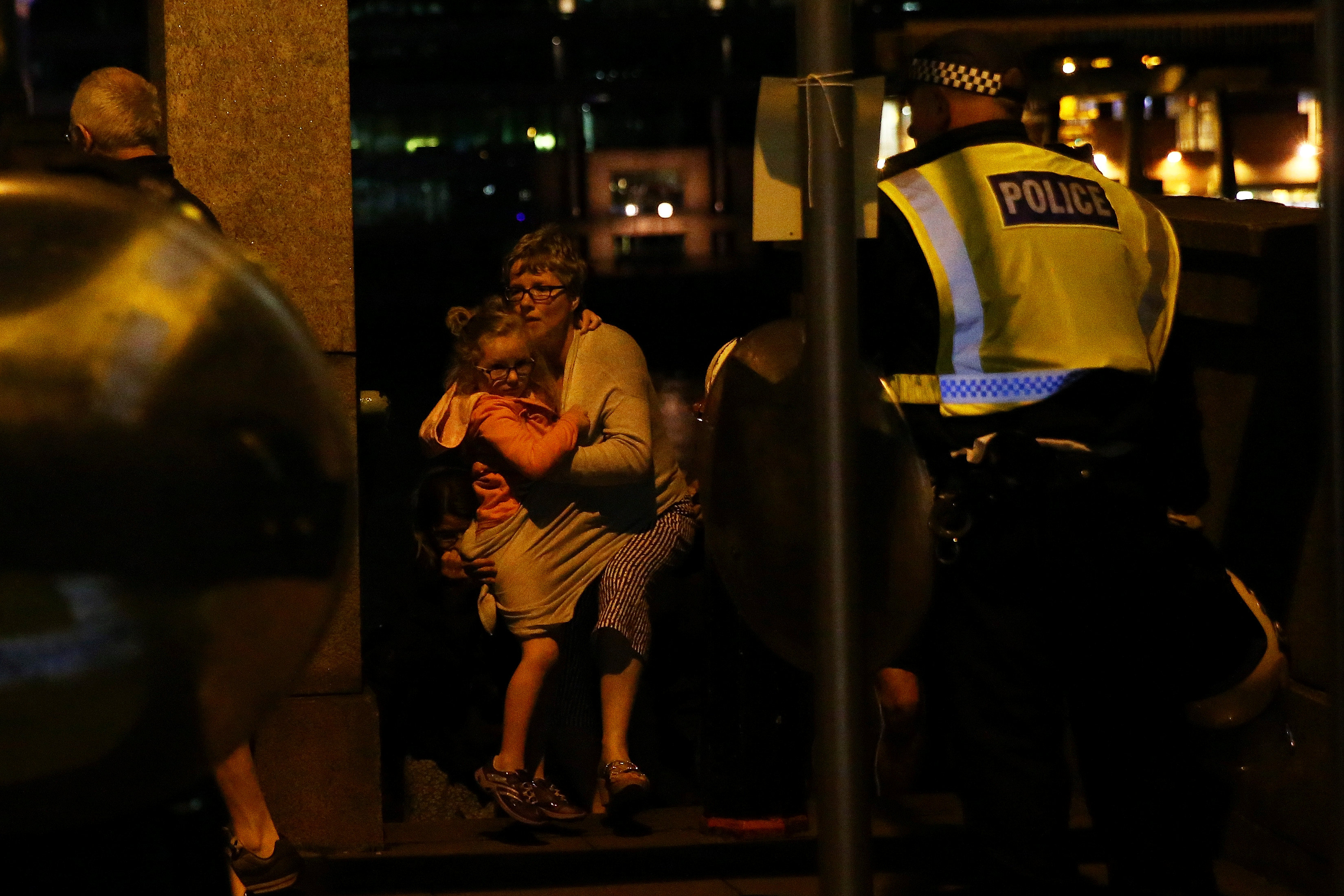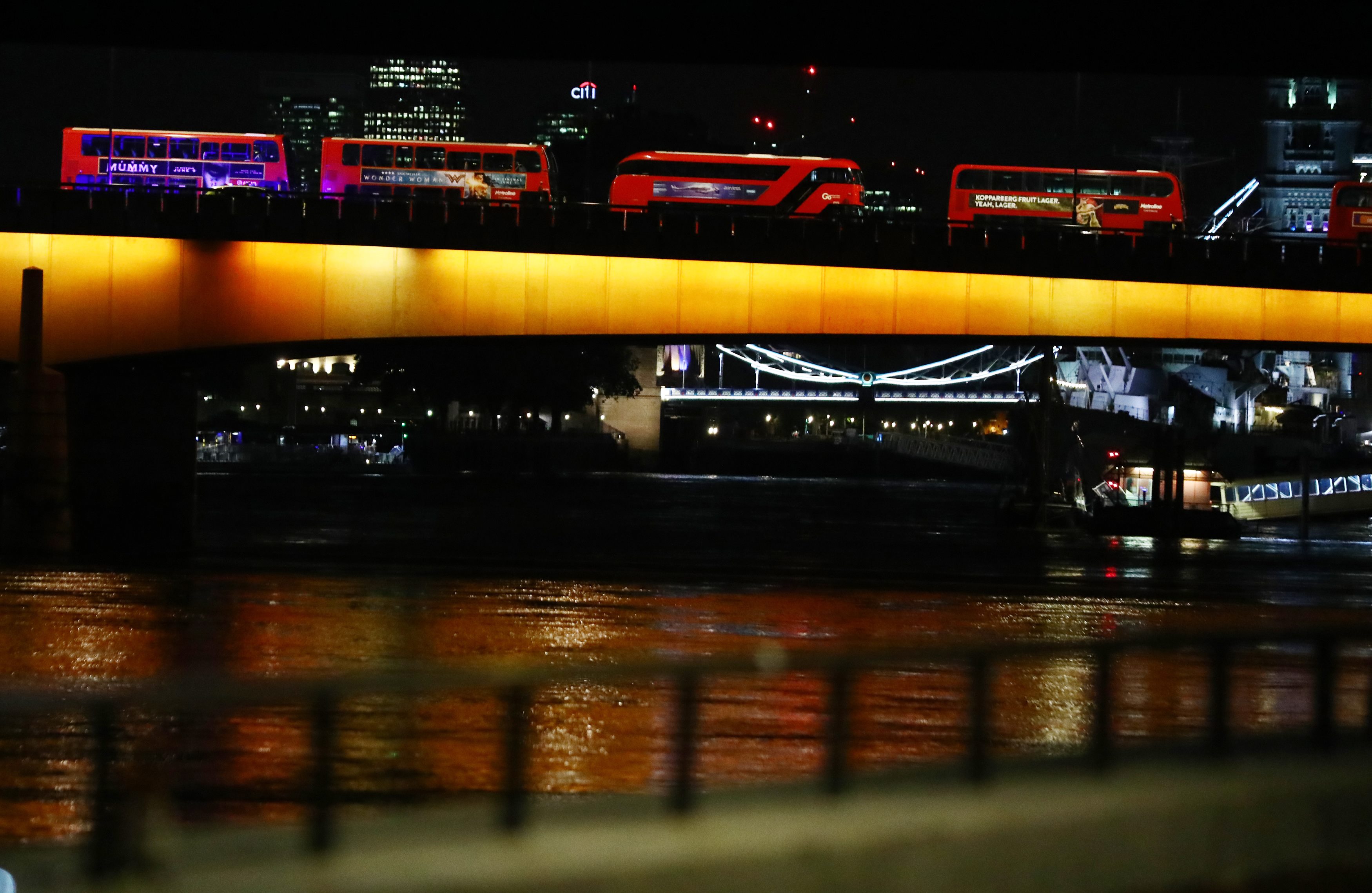
By Michael Holden and Andy Bruce
MANCHESTER, England (Reuters) – The Manchester suicide bomber who killed 22 people at a concert venue packed with children was part of a network, the city’s chief of police said on Wednesday as troops deployed across Britain to help prevent further attacks.
Police made four new arrests and searched an address in central Manchester. A source said investigators were hunting for accomplices who may have helped build the suicide bomb and who could be ready to kill again.
“I think it’s very clear that this is a network that we are investigating,” police chief Ian Hopkins said outside Manchester police headquarters.
“And as I’ve said, it continues at a pace. There’s extensive investigations going on and activity taking place across Greater Manchester as we speak.”
Earlier, interior minister Amber Rudd said the bomber, Salman Abedi, had recently returned from Libya. Her French counterpart Gerard Collomb said he had links with Islamic State and had probably visited Syria as well.
Rudd scolded U.S. officials for leaking details about the investigation into the Manchester attack before British authorities were prepared to go public.
The Manchester bombing has raised concern across Europe. Cities including Paris, Nice, Brussels, St Petersburg, Berlin and London have suffered militant attacks in the last two years.
British-born Abedi, 22, blew himself up on Monday night at the Manchester Arena indoor venue at the end of a concert by U.S. pop singer Ariana Grande attended by thousands of children and teenagers.
His 22 victims included an eight-year-old girl, several teenage girls, a 28-year-old man and a Polish couple who had come to collect their daughters.
Britain’s official terror threat level was raised to “critical”, the highest level, late on Tuesday, meaning an attack was expected imminently.
But, just over two weeks away from a national election, Prime Minister Theresa May’s Conservatives and political parties said they would resume campaigning in the coming days.
SOLDIERS ON THE STREETS
The Manchester bombing was the deadliest attack in Britain since July 2005, when four British Muslim suicide bombers killed 52 people in coordinated attacks on London’s transport network.
Rudd said up to 3,800 soldiers could be deployed on Britain’s streets, taking on guard duties to free up police to focus on patrols and investigation. An initial deployment of 984 had been ordered, first in London and then elsewhere.
Soldiers were seen at the Houses of Parliament, Prime Minister Theresa May’s Downing Street residence and at London police headquarters at New Scotland Yard.
A source close to the investigation into the bombing told Reuters that the focus was on whether Abedi had received help in putting together the bomb and on where it had been done.
The BBC reported that security services thought the bomb was too sophisticated for Abedi to have built by himself.
Police arrested three people in South Manchester and another in Wigan, a town 17 miles to the west of the city on Wednesday, bringing the total number of arrests related to the attack to five. Police said they were assessing a package carried by the man in Wigan.
A man arrested on Tuesday was reported by British and U.S. media to be Abedi’s brother. A different brother was also arrested in Tripoli on suspicion of links to Islamic State, local counter-terrorism police said.
Police also said that they had searched an address in central Manchester as part of the investigation.
In London, the Changing of the Guard ceremony at Buckingham Palace, a draw for tourists, was canceled because it requires support from police officers, which authorities decided was not a good use of police resources given the threat level.
Chelsea soccer club said it had canceled a victory parade that had been scheduled to take place on Sunday to celebrate its Premier League title.
Several high-profile sporting events are coming up in Britain, including the soccer FA Cup final at London’s Wembley Stadium and the English rugby club competition final at Twickenham on Saturday and the UEFA Champions League final at Cardiff’s Millennium Stadium on June 3.
U.S. LEAKS “IRRITATING”
Britain also has a national election scheduled for June 8. All campaigning was suspended after the attack, although major parties said they would resume some activities on Thursday and national-level campaigning on Friday.
The government said a minute’s silence would be held at all official buildings at 1000 GMT on Thursday.
Greater Manchester Police said they were now confident they knew the identity of all the people who lost their lives and had made contact with all the families. They said they would formally name the victims after forensic post-mortems, which would take four or five days.
The bombing also left 64 people wounded, of whom 20 were receiving critical care for highly traumatic injuries to major organs and to limbs, a health official said.
Rudd was asked by the BBC about the fact that information about Abedi, including his name, had come out of the United States before it was cleared by British authorities.
“The British police have been very clear that they want to control the flow of information in order to protect operational integrity, the element of surprise, so it is irritating if it gets released from other sources, and I have been very clear with our friends that should not happen again.”
France, which has repeatedly been hit by devastating militant attacks since 2015, extended emergency powers.
(Additional reporting by Guy Faulconbridge, Costas Pitas, Kate Holton and Kylie MacLellan in London, Writing by Estelle Shirbon and William James, Editing by Angus MacSwan)










